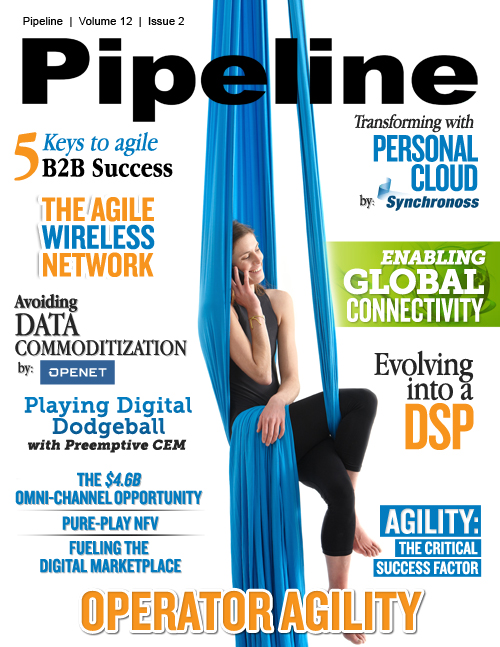Evolving into a Digital Service Provider (DSP)
Make it personal
A customized experience delivers the right information and context to the right audience at the right time—throughout the engagement cycle. For example, marketers can integrate website and e-mail campaign content as they target customers across channels and segment them according to their stated or implied preferences. Promotional messages will always be relevant and consistent, whether they are delivered through an e-mail message, on a web page, or via an in-store display.
Make it innovative
There is a tremendous amount of noise in this digital arena, so you must engage customers in ways that differentiate your brand, grow loyalty, and increase revenue. Leveraging social marketing, video experiences, rich mobile applications, and other interactive tools are all good ways to set your brand apart. For example, you can deliver multichannel experiences that integrate websites with social networks so customers can easily log in with their trusted credentials. This type of federated login simplifies the experience for people who do not wish to create and maintain distinct accounts. More importantly, it lets them make recommendations and report on their experiences using their social network identities. And don’t forget—today’s customers want portals and websites that are optimized for mobile access. Those sites should seamlessly integrate content from back-end applications and data stores to create impactful, relevant, and contextualized experiences.
Be a DSP
CSPs are evolving into DSPs, and that requires a new way of thinking and a new set of tools. Integrating these tools into a single digital platform enables CSPs to acquire new customers, reduce costs, and optimize performance, even as complexity increases. Much like natural selection, it's not an option. The drive for customers has never been more fierce and service complexity has never been more complicated. Only those that adapt will thrive.



















